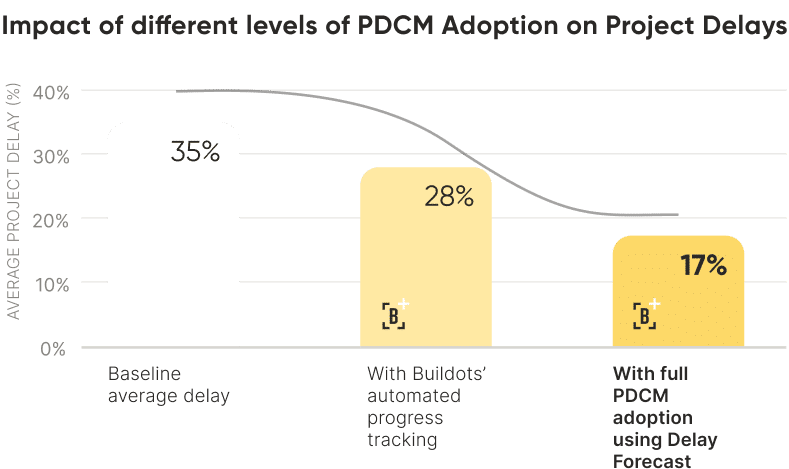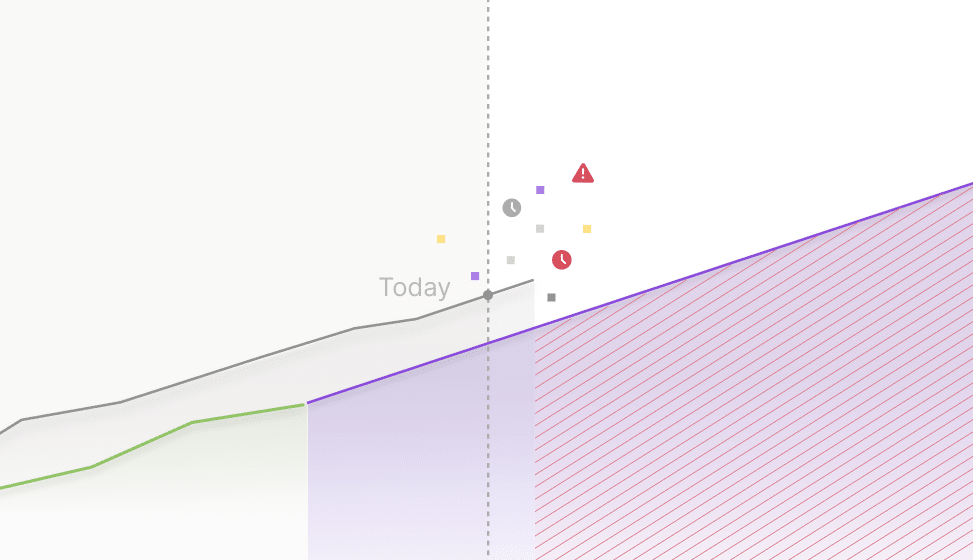How much value do you attach to construction technology: Assessing the impact of performance-driven construction management (PDCM)

In the world of business, executives evaluating any form of new technology are invariably focused on understanding the return on investment (ROI) it delivers. This calculation is straightforward when it comes to simple, resource-saving technologies. However, the situation grows exponentially more complex when we address technologies aimed at rectifying the deep-seated inefficiencies within the construction industry. Given the unique nature of each construction project, it is challenging to showcase the specific impact that a technology might have on any single project outcome, making traditional ROI calculations inadequate.
The challenge with traditional ROI in construction
The construction industry is notoriously afflicted by project overruns, with more than 75% of projects experiencing delays and an average delay of 20%. To put that into perspective, three-quarters of all two-year projects are typically delayed by about 20 weeks or five months, and that's just the average. This prevalent issue highlights the critical need for innovative solutions that can effectively mitigate these delays and manage the associated risks, such as liquidated damages and the inefficient use of physical resources on-site.
A suggested methodology to estimate ROI: Operational efficiencies as a proxy for financial gains
Operational efficiencies can serve as a robust framework for measuring ROI in construction projects. These efficiencies translate directly into financial gains by minimizing delays, reducing waste, and optimizing resource allocation. For example, decreasing the duration of project delays not only lowers labor costs but also reduces the risk of penalties and the need for additional resources. Streamlining operations ensures that projects stay on schedule and within budget, leading to substantial cost savings. In essence, improving operational efficiencies provides a practical and measurable way to assess the financial impact of technological interventions in construction.
Using operational efficiencies to assess the ROI of PDCM
PDCM introduces a strategic overhaul in construction management by integrating advanced data analytics into daily operations. Key performance indicators (KPIs) like Area Utilization, Percentage Planned Complete (PPC), and Delay Forecast become invaluable tools for project managers. These metrics not only facilitate more accurate project tracking and forecasting but also enable early identification and mitigation of potential delays, thereby enhancing overall project efficiency.
To assess the impact of PDCM adoption, Buildots has performed a detailed analysis of project data based on the methodology presented above.
Projects were broken into 3 groups: Baseline group, those that were using Progress-Tracking and those that were applying the full PDCM methodology, leveraging advanced features such as Delay Forecast.
The analysis has shown that the projects utilizing Progress Tracking’ features see a 25% performance improvement and those that fully adopt PDCM (and utilizing the Delay Forecast feature) see a 49% performance improvement

Quantifying the financial gains of PDCM
Let’s take these operational efficiencies and translate them into a financial hypothetical scenario: A $50 million office development expected to experience a standard 20% delay. Traditionally, this could incur additional costs ranging from $1.3 million to $2 million solely from delays. With the implementation of PDCM, these delays could potentially be halved, significantly lowering the financial impact to about $600,000 to $960,000. This reduction in delay and associated costs clearly illustrates how PDCM can enhance ROI.
Moreover, by reducing the frequency of return visits and rework—common issues that exacerbate project timelines and budgets—PDCM helps streamline operations, thereby enhancing the overall productivity of physical resources on-site. These operational efficiencies provide a robust framework for assessing ROI beyond traditional financial metrics.
Conclusion: The strategic value of PDCM
As the construction industry continues to evolve, embracing data-driven practices like PDCM becomes crucial. The ability of PDCM to improve efficiency and reduce project risks offers a compelling value proposition for construction executives. In a sector where delays are the norm and cost overruns are all too common, PDCM represents a strategic investment in the future of construction management, promising substantial returns through improved operational efficiencies and risk mitigation.




